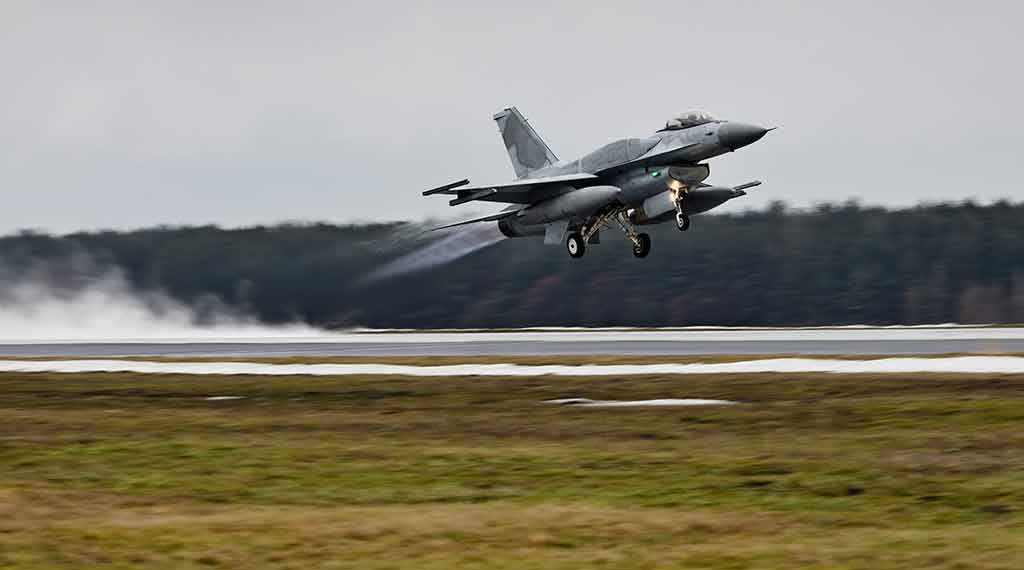
Now that President Biden has agreed that NATO members can train Ukrainian pilots on the F-16, it is likely Ukraine will get old F-16A/B aircraft. Although they’ve been upgraded to a degree, these planes date to the 1970s or 1980s. They are not game-changers. Maybe they will boost morale, but once they arrive (in three to six months or more), they won’t change the war in Ukraine.
Ukraine‘s F-16s will likely come from Norwegian, Danish or Dutch inventories, most likely the latter. The Netherlands has reported ongoing negotiations between itself and Ukraine on donation of the jets.
These are old versions of the F-16 (F-16A/B) that were partly upgraded in the early 2000s. Unlike the newer version, and unlike even the upgrade of Taiwan’s F-16s, the F-16s for Ukraine will not feature advanced AESA radar.
The jets will be able to carry air-to-air and air-to-ground weapons, including the AIM 120 medium-range radar-guided air-to-air missile. The planes are better than the Ukrainian Mig-29s they are meant to replace, and far easier to operate. But for Ukraine to field these jets, repair facilities will be needed.
Standing up a repair facility in Ukraine could take more than a year, and training personnel could take even longer. Keeping these planes in the air involves the capability to repair sophisticated components, such as the radar, or to pull and replace failed parts. The software for the aircraft radar, computers and other systems will need to be maintained and, where necessary, upgraded as threats evolve.
Only the quickest and easiest replacements of components are likely to be attempted inside Ukraine. Otherwise, servicing will have to be done in Europe, probably in the country of origin.
Along with electronic components, these F-16s have a General Electric F-110 powerplant that will have to be serviced abroad.
The F-16 requires pristine long runways, which may not always be available in Ukraine. The jets may have to operate with half loads to get off of shorter runways and the rough existing runways may damage either airframes or onboard equipment.
One component of the mid-life upgrade was repairing cracks in the plane’s fuselage, especially critical bulkheads. These repairs seemed good enough to bring the jets to the end-of-life timeline, which the Dutch air force put at around 2023. But the calculation for the repair is mainly based on having very good runways and constant inspection and maintenance. End-of-life aircraft are not the best platforms for critical and sustained combat operations, especially at a high tempo.
The greatest improvement for Ukraine is having a good platform to launch the AIM-120 air-to-air missile. AIM-120 is a beyond visual range missile that blends updates from the launching aircraft with autonomous operation. In practice, this means that enemy aircraft and ground installations could potentially jam the AIM-120 radar or its linked communications. One feature of the Ukraine war is the powerful and effective electronic warfare systems fielded by Russia. This is the first time a European power has actually operated in such a dense EW environment.
- Trump and Ukraine: what Russia wants, what Trump could do - November 8, 2024
- North Korean troops in Kursk could backfire on Moscow, Pyongyang - November 1, 2024
- Secure enclaves: bad CHIPS Act idea wasting billions - August 12, 2024
